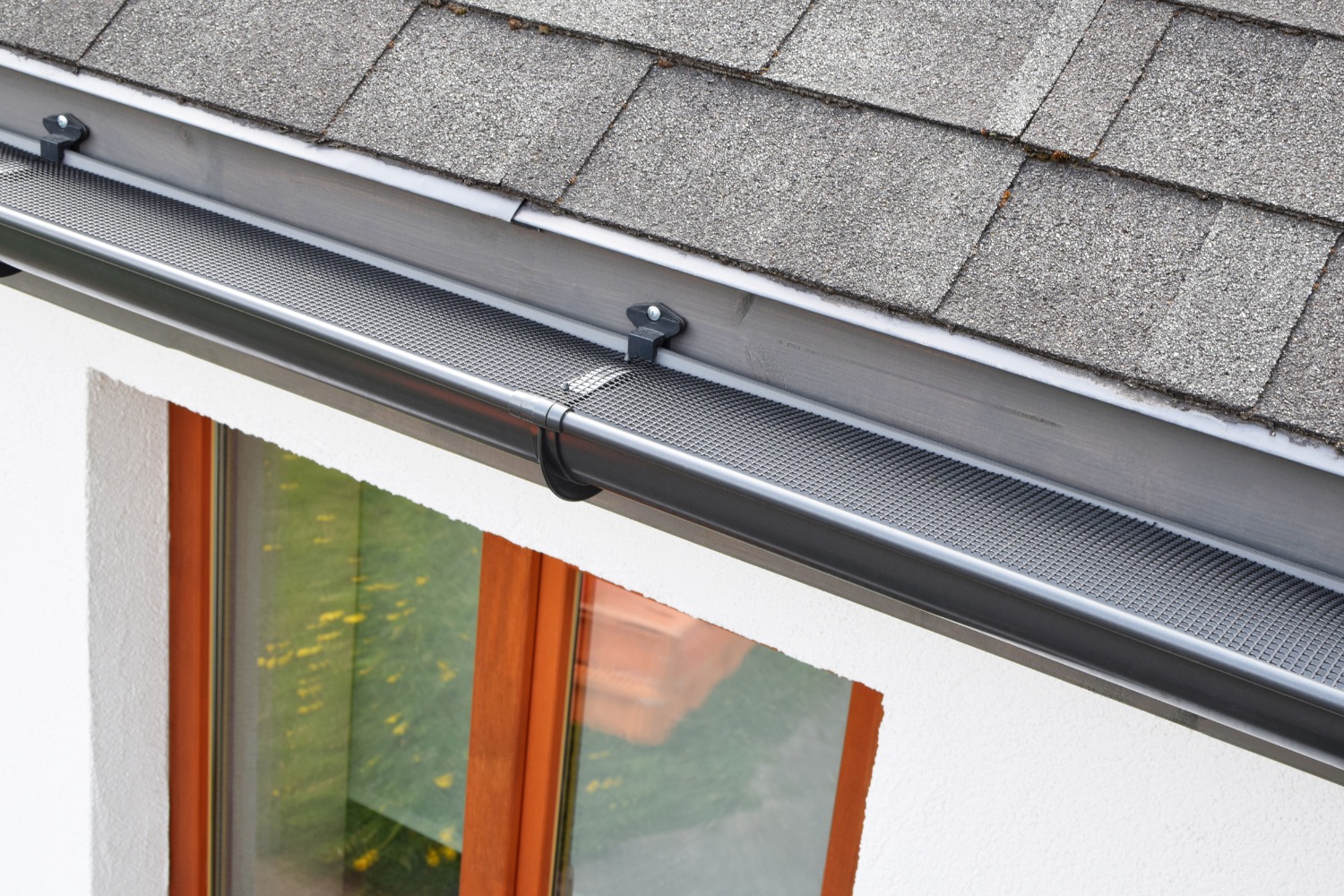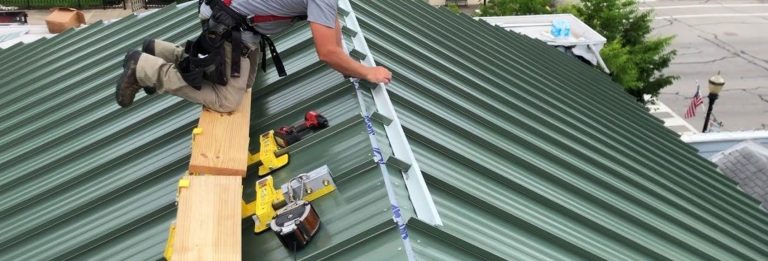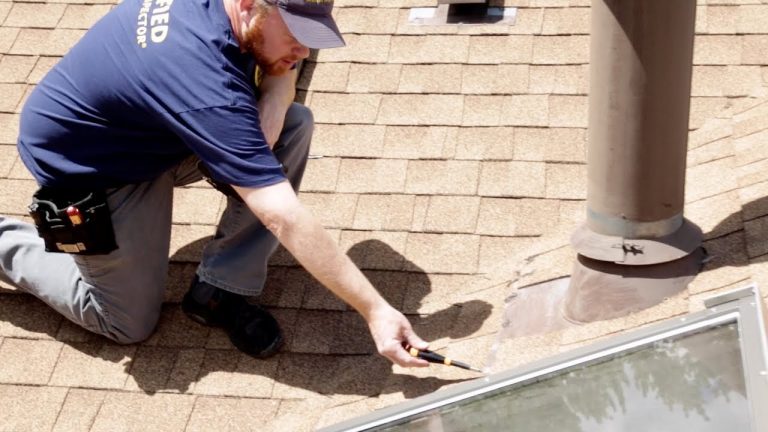
When it comes to maintaining the integrity of a home, many homeowners focus on the roofing system itself, paying little attention to the vital components that support it. One such component that plays a crucial role in protecting your home from the elements is the gutter system. Often overlooked, gutters are essential in channeling rainwater away from the roof and foundation, ensuring the longevity of both your roofing system and your home. This article will provide a comprehensive guide to gutters, including their function, types, installation, and maintenance, all aimed at helping you make informed decisions about this often-underestimated aspect of your roofing strategy.
What Are Gutters and Why Are They Important?
At its core, a gutter is a narrow channel or trough installed along the edge of your roof, designed to collect rainwater and direct it away from the foundation of your home. Without gutters, rainwater would pour directly from the roof, potentially leading to several problems:
-
Foundation Damage: Excessive water pooling around the foundation can cause cracks, settling, and even flooding in your basement. By directing water away from the foundation, gutters play a critical role in preserving the structural integrity of your home.
-
Roof Damage: Without a proper drainage system, water can collect on the roof, leading to the development of leaks, mold, and mildew. This stagnant water can also lead to rusting of metal roofing systems or rotting of wooden shingles, causing premature wear.
-
Landscaping Erosion: Water cascading from the roof can erode soil around your garden and lawn, leading to landscaping issues. By diverting water away from the immediate vicinity of your house, gutters prevent such damage.
-
Prevention of Ice Dams: In colder climates, improperly functioning gutters can contribute to the formation of ice dams. These occur when water backs up under shingles, freezes, and then melts, potentially causing leaks. Well-installed gutters help prevent this by directing water away from the roof.
Types of Gutters
There are several types of gutters available, each offering distinct advantages. Understanding these options is crucial when choosing the right system for your home.
-
K-Style Gutters: K-style gutters are the most common type of gutter seen on modern homes. They have a distinctive “K” shape, resembling crown molding, which allows them to blend seamlessly with the roofline. These gutters can hold a substantial amount of water, making them ideal for homes in areas with heavy rainfall. They are available in various materials, including aluminum, copper, and vinyl.
-
Half-Round Gutters: As the name suggests, half-round gutters are shaped like a semicircle. While they are not as commonly used as K-style gutters, they are often found in older homes or those with a more traditional aesthetic. Half-round gutters are easy to clean and maintain due to their smooth design, making them a good choice for homeowners seeking simplicity.
-
Fascia Gutters: Fascia gutters are installed directly onto the fascia board of the roof, giving them a sleek and integrated appearance. These gutters can be more durable and secure, making them a good choice for homes in areas prone to heavy storms. However, their installation can be more complex and expensive compared to other types.
-
Custom Gutters: For those seeking a more tailored solution, custom gutters are made to fit the unique specifications of the home. This option allows homeowners to select the exact size, shape, and material for their gutters. While more costly, custom gutters provide a perfect fit and can enhance the overall aesthetic of the home.
Materials Used in Gutter Systems
The material of the gutter system is one of the most important factors to consider, as it can influence both the appearance and functionality of the system. Here are the most common materials used in gutter construction:
-
Aluminum: Aluminum gutters are lightweight, resistant to corrosion, and relatively easy to install. They are one of the most popular choices for homeowners due to their cost-effectiveness and versatility. Aluminum gutters are available in a wide range of colors and finishes, making them suitable for almost any style of home.
-
Copper: Copper gutters are known for their exceptional durability and elegant appearance. As copper ages, it develops a distinctive green patina, which many homeowners find aesthetically pleasing. While copper gutters are more expensive than aluminum, they are long-lasting and require minimal maintenance.
-
Vinyl: Vinyl gutters are affordable, lightweight, and easy to install, making them a popular option for DIY projects. However, they are not as durable as aluminum or copper and may crack or become brittle over time due to exposure to the elements. Vinyl gutters are best suited for areas with mild weather conditions.
-
Steel: Steel gutters are durable and strong, making them a good choice for areas with harsh weather. Galvanized steel is particularly resistant to rust, but it can be prone to corrosion over time. Stainless steel gutters are more resistant to corrosion but come at a higher price.
-
Zinc: Zinc gutters are durable, low-maintenance, and have a long lifespan. Like copper, zinc gutters develop a patina over time, which many homeowners find aesthetically appealing. Zinc gutters are resistant to rust and corrosion, making them ideal for homes in humid or coastal climates.
Gutter Installation
Proper installation is crucial to the effectiveness of your gutter system. If gutters are installed incorrectly, they can lead to improper water drainage, which could result in costly repairs down the line. Here are a few key considerations when it comes to gutter installation:
-
Gutter Pitch: Gutters should be installed with a slight slope to ensure proper water flow. The ideal pitch is about a quarter-inch per 10 feet of gutter length, allowing water to flow toward the downspouts without pooling.
-
Downspouts: Downspouts are an essential component of any gutter system, as they carry water from the gutters down to the ground or a drainage system. Make sure to position downspouts at regular intervals along the gutter to avoid clogs and backups.
-
Sealing and Fastening: Ensure that gutters are securely fastened to the fascia and are properly sealed to prevent leaks. This will help extend the life of your gutters and prevent water damage to the roof and foundation.
-
Professional Installation: While some homeowners choose to install gutters themselves, it is often best to hire a professional to ensure that the system is installed correctly. Experienced contractors can handle the specifics of gutter placement, pitch, and downspout configuration, ensuring optimal performance.
Gutter Maintenance and Care
To keep your gutters functioning properly, regular maintenance is essential. Neglected gutters can lead to blockages, leaks, and water damage. Here are some basic maintenance tasks to keep your gutters in top shape:
-
Cleaning: Gutters should be cleaned at least twice a year, preferably in the spring and fall, to remove debris such as leaves, twigs, and dirt. Clogged gutters can cause water to overflow, leading to potential damage to the roof and foundation. Use a ladder and gloves for safety, or consider hiring a professional gutter cleaning service.
-
Inspecting for Damage: Check your gutters regularly for signs of damage, such as cracks, dents, or sagging. If you notice any issues, it’s best to address them promptly to avoid further complications.
-
Installing Gutter Guards: Gutter guards can help reduce the amount of debris that enters the gutter system, making cleaning easier and less frequent. They come in various designs, including mesh screens and solid covers, and can be particularly useful for homes surrounded by trees.
Conclusion
Gutters are more than just a decorative feature of your home—they are an essential part of the roofing system, protecting your property from water damage. By understanding the various types of gutters, the materials they’re made from, and the installation and maintenance processes, you can make informed decisions about your gutter system. Whether you’re building a new home or replacing an existing gutter system, taking the time to choose the right gutter solution can save you money and headaches in the long run. Remember, a properly installed and maintained gutter system is key to preserving the value and integrity of your home.





